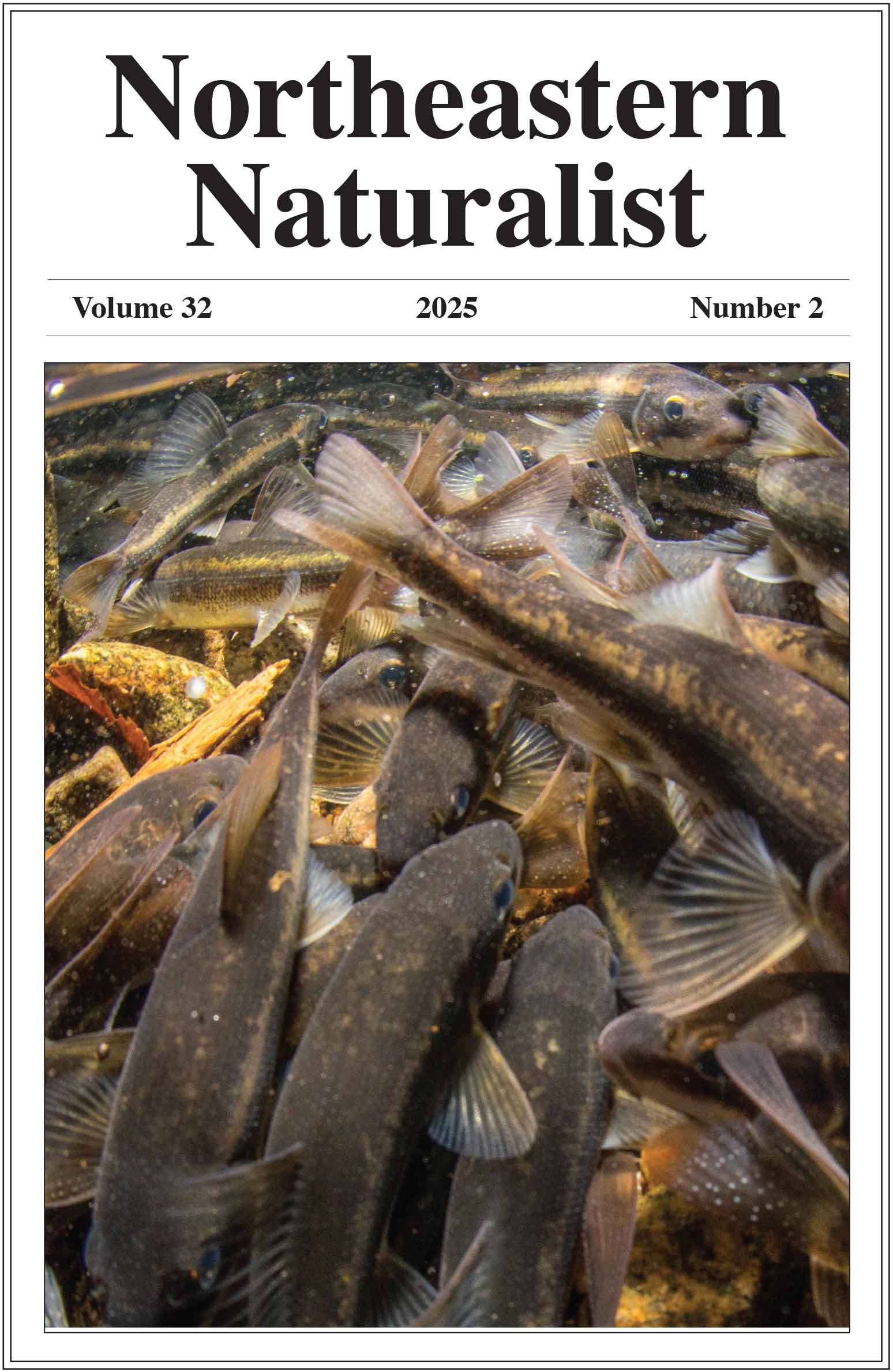Biology of Andrena (Callandrena sensu lato) asteris Robertson (Hymenoptera: Andrenidae), an Eastern Aster Specialist that Makes a Very Deep Nest
Anna C. Espinoza1,2,*, Katherine R. Urban-Mead2,3, Mark A. Buckner2, Nathalia Flórez-Gómez2, Jordan G. Kueneman2, and Bryan N. Danforth2
1Department of Biology, University of Louisiana at Lafayette, Lafayette, LA 70503. 2Department of Entomology, Cornell University, Ithaca, NY 14853. 3Pollinator Conservation Specialist, The Xerces Society for Invertebrate Conservation, 1971 Jacksonville Jobstown Road, Columbus, NJ 08022. *Corresponding author.
Northeastern Naturalist, Volume 29, Issue 4 (2022): 474–491
Abstract
Here we present the first description of nest architecture, immature stages, and brood-parasitism of Andrena (Callandrena s. l.) asteris (Aster Miner Bee) and the first description of the nesting biology of any Callandrena in eastern North America. Brood cells varied from 50 to 91 cm in depth, making this the deepest solitary bee nest recorded in northeastern North America. Additionally, we assembled data on soil texture, phenology, geographic distribution, and host-plant preferences. By modeling publicly available observation data, we find that areas of peak habitat suitability for A. asteris are in proximity to coastal and inland shorelines and major water courses. Our results corroborate a recent assessment of the conservation status of New York pollinators, which ranked A. asteris as “vulnerable”.
![]() Download Full-text pdf (Accessible only to subscribers. To subscribe click here.)
Download Full-text pdf (Accessible only to subscribers. To subscribe click here.)
Access Journal Content
Open access browsing of table of contents and abstract pages. Full text pdfs available for download for subscribers.
Issue-in-Progress: Vol. 32 (3) ... early view
Check out NENA's latest monograph and Special Issue:













 The Northeastern Naturalist is a peer-reviewed journal that covers all aspects of natural history within northeastern North America. We welcome research articles, summary review papers, and observational notes.
The Northeastern Naturalist is a peer-reviewed journal that covers all aspects of natural history within northeastern North America. We welcome research articles, summary review papers, and observational notes.